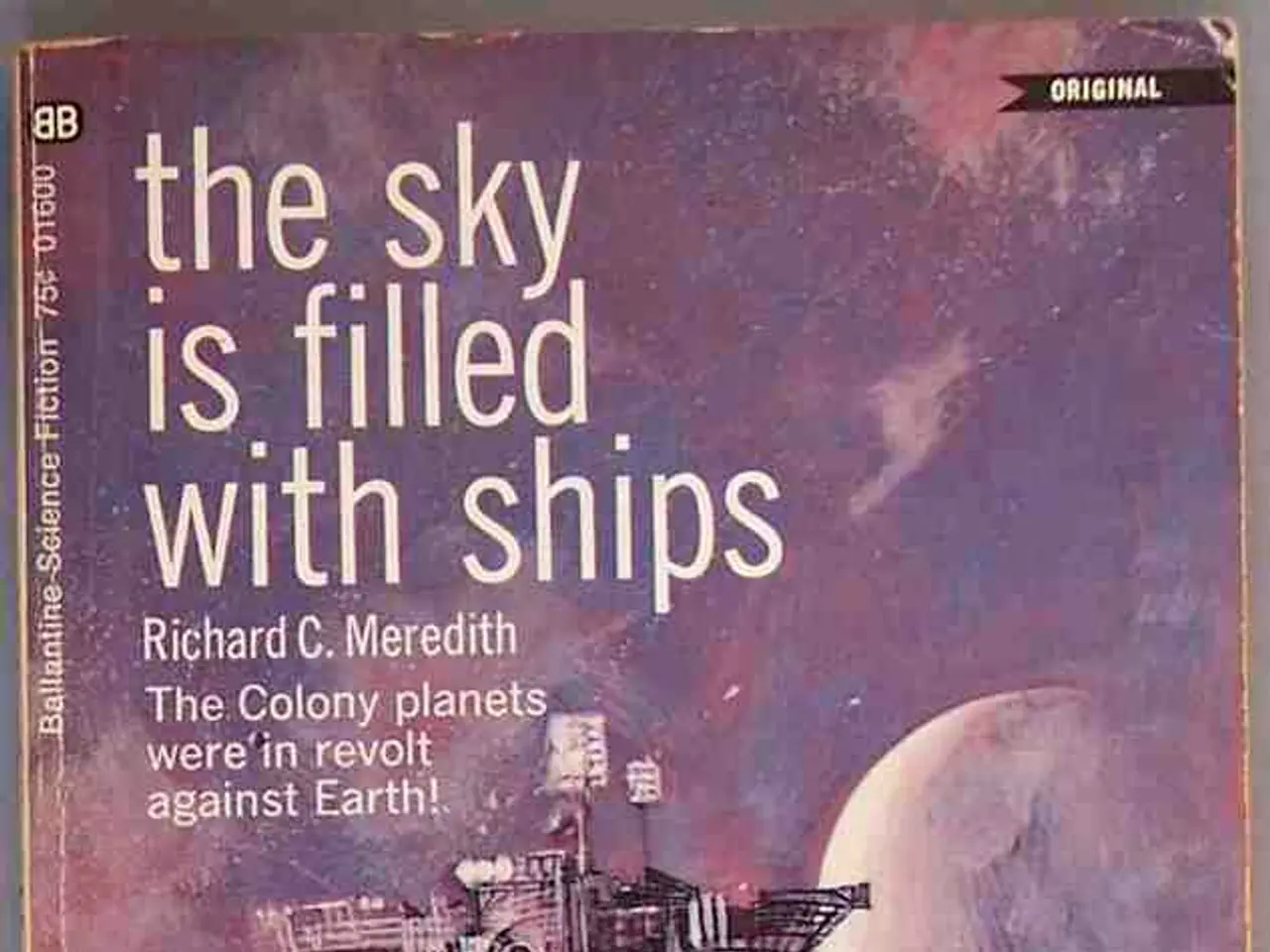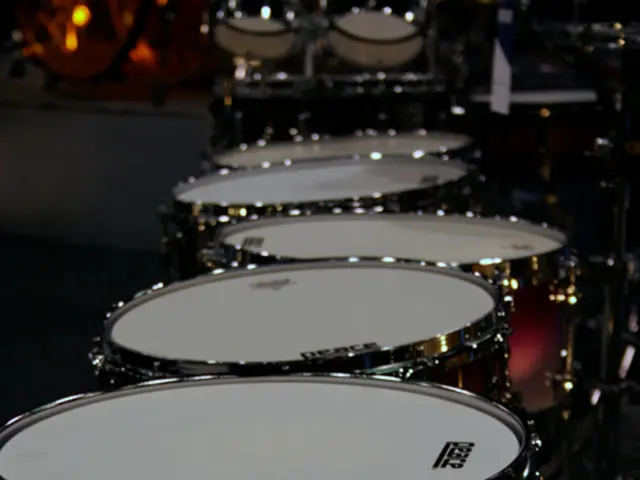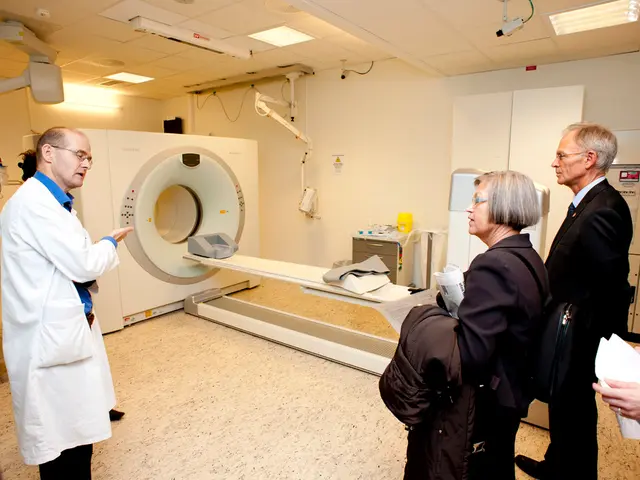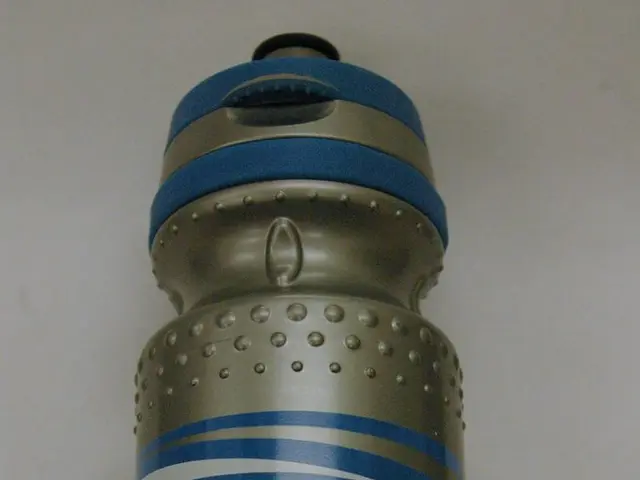Black Hole Theory of Stephen Hawking from 1971 Verified through Exceptional Cosmic Crash after Half a Century
In a groundbreaking discovery, physicists have confirmed Stephen Hawking's black hole area theorem with unprecedented precision, thanks to the most detailed observation of a black hole merger. This significant event, known as GW250114, was detected by LIGO's (Laser Interferometer Gravitational-Wave Observatory) detectors in the US on 14 January 2025.
The collision occurred approximately 1.3 billion light-years away and involved two black holes with masses of 33 and 32 solar masses respectively. Before the merger, the combined area of the two original black holes was about 243,000 square kilometres, comparable to the size of Oregon. After the merger, the surface area of the final black hole was measured at 400,000 square kilometres, just shy of California's footprint.
The black holes spiraled into each other and merged into a new black hole of 62 solar masses. The new black hole stabilized and entered a phase known as ringdown, emitting gravitational waves. This ringdown phase allowed physicists to test the Kerr metric, formulated in 1963, which describes spinning black holes. The team successfully identified two distinct frequencies in the ringdown phase, a first for any real black hole detection.
The success of GW250114 is the result of a decade of engineering and algorithmic refinement. LIGO now detects a black hole merger roughly every three days, thanks to innovations like quantum squeezing, ultra-pure mirror coatings, and AI-enhanced data filtering. LIGO's arms, each four kilometers long, can detect distortions smaller than 1/10,000th the width of a proton.
The clarity of the signal enabled physicists to test Hawking's area theorem with unprecedented precision. The theory, introduced in 1971, posits that the surface area of a black hole's event horizon can never decrease. The results carry a confidence level of 99.999%, making this one of the most robust confirmations of Hawking's theory to date.
The breakthrough validates a key law in black hole thermodynamics, linking Einstein's theory of general relativity with the entropy of the universe. The research was supported by researchers from Caltech, MIT, Columbia University, and the international LIGO-Virgo-KAGRA (LVK) collaboration, and was published in Physical Review Letters.
Future detectors like LIGO-India, Cosmic Explorer, and Europe's Einstein Telescope promise even greater sensitivity. Scientists hope these future detectors will allow them to 'hear' black hole mergers from the earliest eras of the universe within a few years. This could open up a new era of understanding in the field of black hole physics.
Read also:
- MRI Scans in Epilepsy Diagnosis: Function and Revealed Findings
- Hematology specialist and anemia treatment: The role of a hematologist in managing anemia conditions
- Exploring the Essentials: Understanding Magnetism at its Core in an Educational Perspective
- Delineating the Complex Interplay of Attraction and Repulsion: Unraveling the Intricate Magnetic Forces








